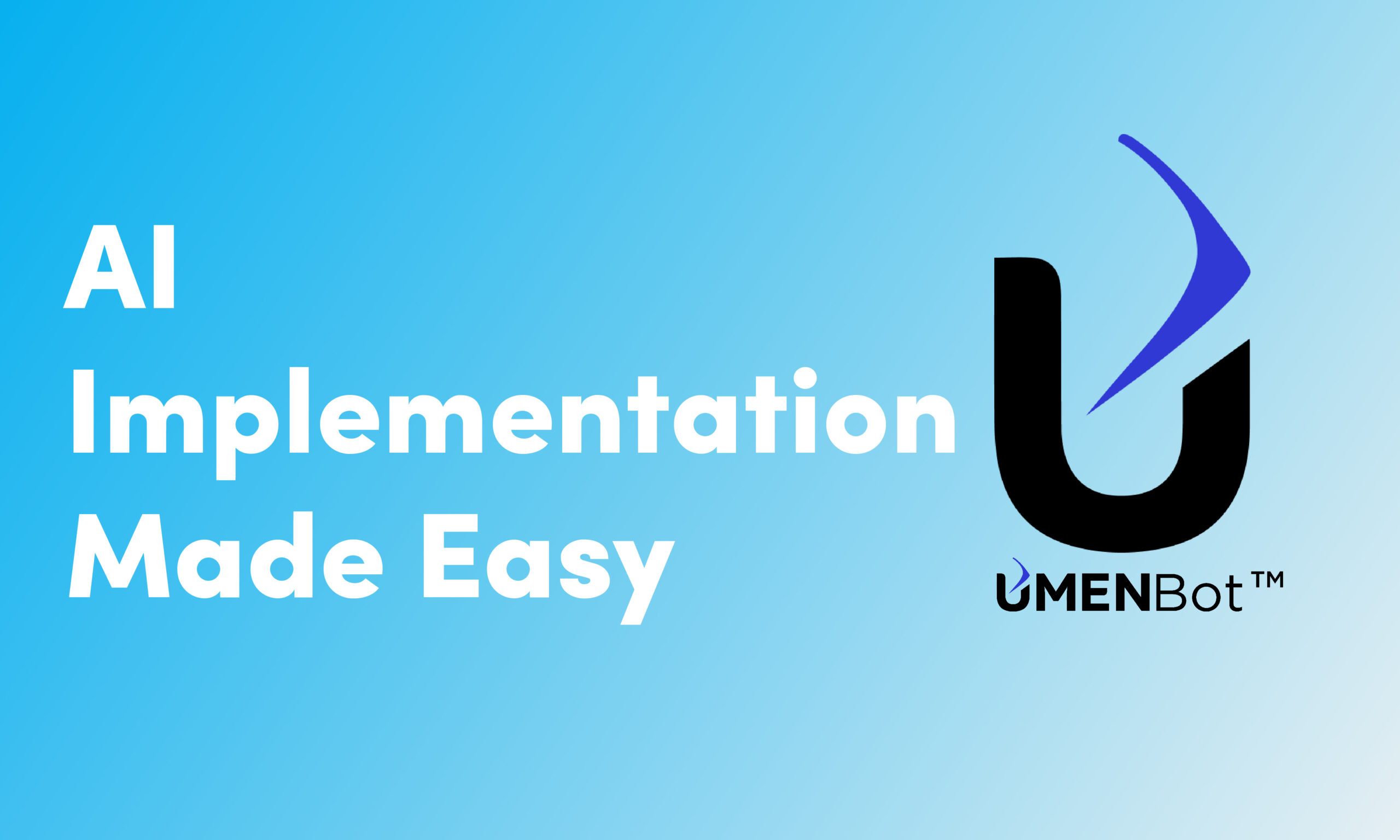Artificial Intelligence (AI) is no longer just a futuristic concept; it’s a practical tool transforming businesses across industries.
From automating mundane tasks to making data-driven decisions, AI enables organizations to boost efficiency, reduce costs, and unlock new opportunities.
However, implementing AI effectively requires careful planning and execution.
This guide outlines 10 essential steps to help organizations of all sizes integrate AI chatbot seamlessly into their operations.
1. Define Your Objectives
Before diving into AI, it’s crucial to identify the specific goals you aim to achieve.
Are you looking to streamline customer support, automate repetitive tasks, or gain deeper insights from your data?
Clear objectives will help you choose the right AI solutions and set measurable benchmarks for success.
Pro Tip: Start small with achievable goals to test AI’s effectiveness before scaling up.
2. Assess Your Current Infrastructure
AI relies heavily on data and technology infrastructure. Conduct an audit of your existing systems to determine their readiness for AI implementation.
Identify gaps in hardware, software, and data management practices that need to be addressed.
Key Consideration: Ensure your IT infrastructure can support the processing and storage needs of AI applications.
3. Collect and Organize Data
Data is the lifeblood of AI. Clean, well-structured, and relevant data is essential for training AI models effectively.
Organize your data sources, eliminate duplicates, and ensure compliance with data privacy regulations.
Remember: Poor data quality can lead to inaccurate AI predictions and decisions.
4. Choose the Right AI Solutions
AI is not one-size-fits-all. Based on your objectives, select AI tools and technologies tailored to your specific needs.
These could range from chatbots and machine learning algorithms to predictive analytics and natural language processing (NLP) systems.
Expert Tip: Opt for scalable solutions that can evolve with your business.
5. Engage Stakeholders Early
AI implementation impacts multiple departments within an organization. Involve key stakeholders from the beginning to ensure alignment and address concerns.
This includes employees, management, and even external partners or vendors.
Benefit: Early engagement fosters a culture of collaboration and minimizes resistance to change.
6. Start with a Pilot Project
Launching a pilot project allows you to test AI’s effectiveness on a smaller scale before full deployment.
This step helps identify potential challenges and provides insights for fine-tuning your strategy.
Focus Area: Select a high-impact process for the pilot to demonstrate AI’s value clearly.
7. Train Your Team
Introducing AI means upskilling your workforce to work alongside these technologies.
Provide training sessions and resources to help employees understand how AI tools function and how they can enhance their roles.
Tip: Emphasize collaboration between human expertise and AI capabilities for optimal results.
8. Monitor and Measure Performance
Once implemented, track the performance of your AI solutions against the objectives set in Step 1.
Use metrics like accuracy, efficiency, and ROI to evaluate their effectiveness. Regular monitoring ensures that the AI system remains aligned with your business goals.
Iterate: Use feedback from these evaluations to refine and improve AI processes.
9. Ensure Ethical and Transparent Use
AI must be implemented responsibly to avoid biases and ensure fairness.
Establish guidelines for ethical AI use, maintain transparency in decision-making processes, and adhere to relevant regulations.
Actionable Step: Regularly audit your AI models to identify and mitigate biases.
10. Scale and Innovate
Once the pilot project is successful, scale AI implementation across other business areas.
Look for opportunities to innovate and explore advanced applications of AI that can further enhance your operations.
Growth Potential: AI is a journey; continually explore new use cases and emerging technologies to stay ahead.
How UMENIT and UMENBot Make AI Implementation Easy
UMENIT
UMENIT offers end-to-end IT services, enabling organizations to modernize legacy systems and build robust infrastructures that support AI.
From data management to workflow automation, UMENIT ensures your business is future-ready.
UMENBot
UMENBot specializes in AI-driven chatbots designed to enhance operational efficiency.
With features like task automation, multilingual support, and real-time data analysis, UMENBot streamlines customer interactions and boosts productivity.
Together, UMENIT and UMENBot provide a comprehensive ecosystem for seamless AI adoption.

